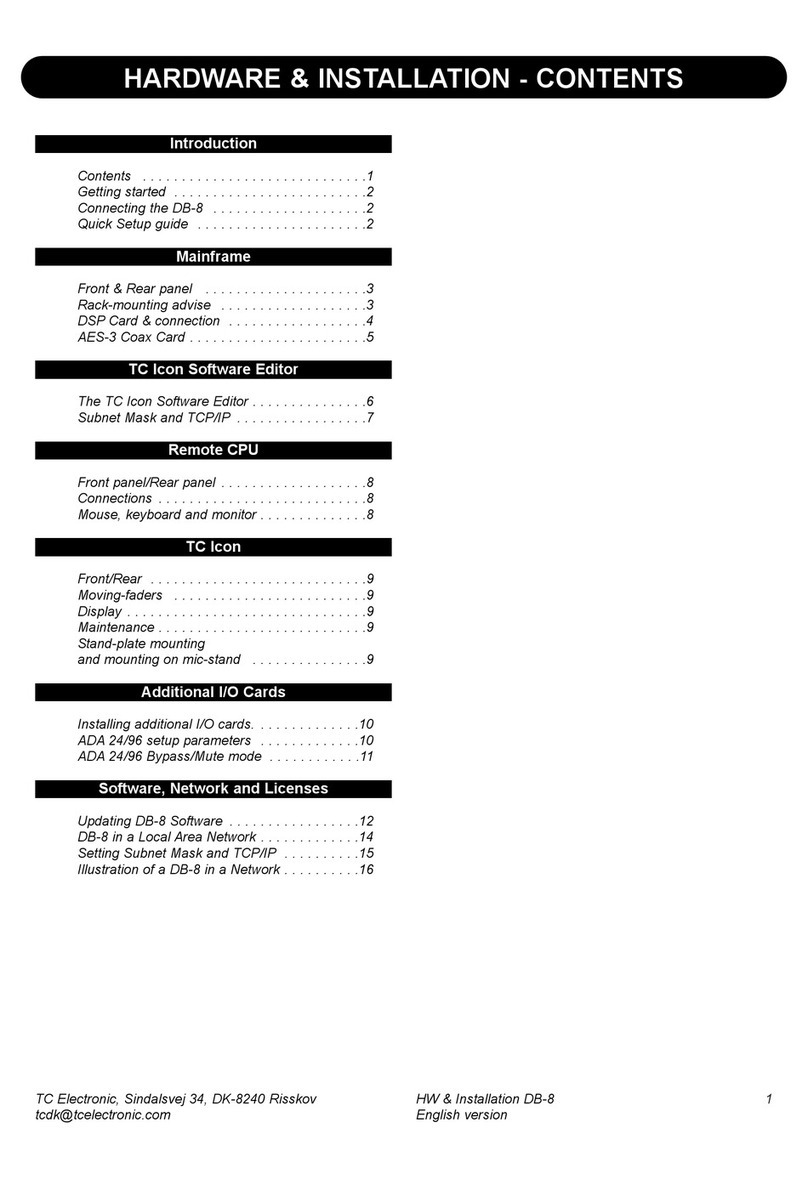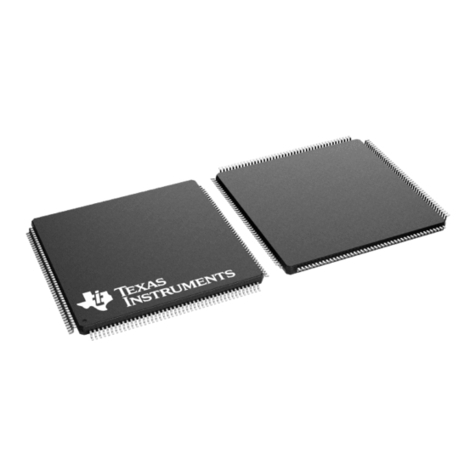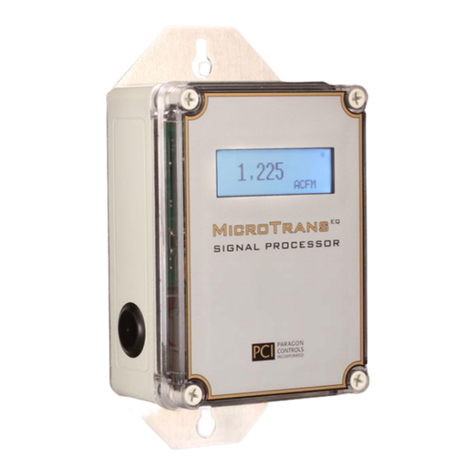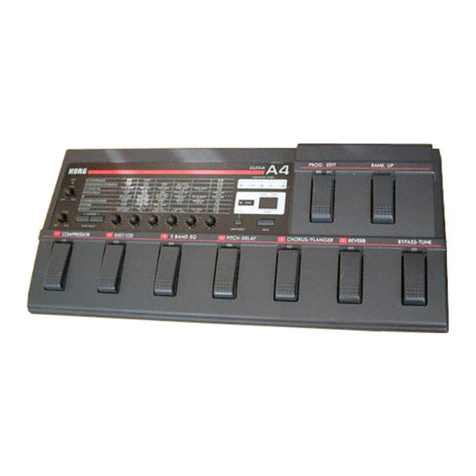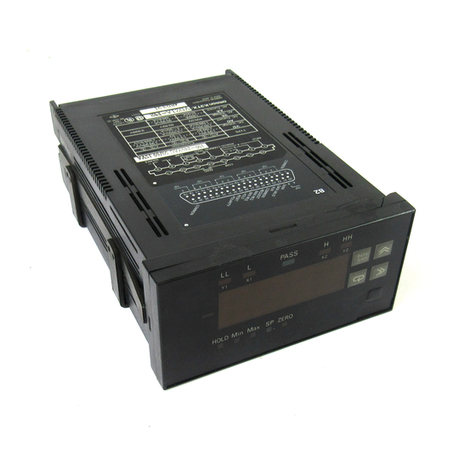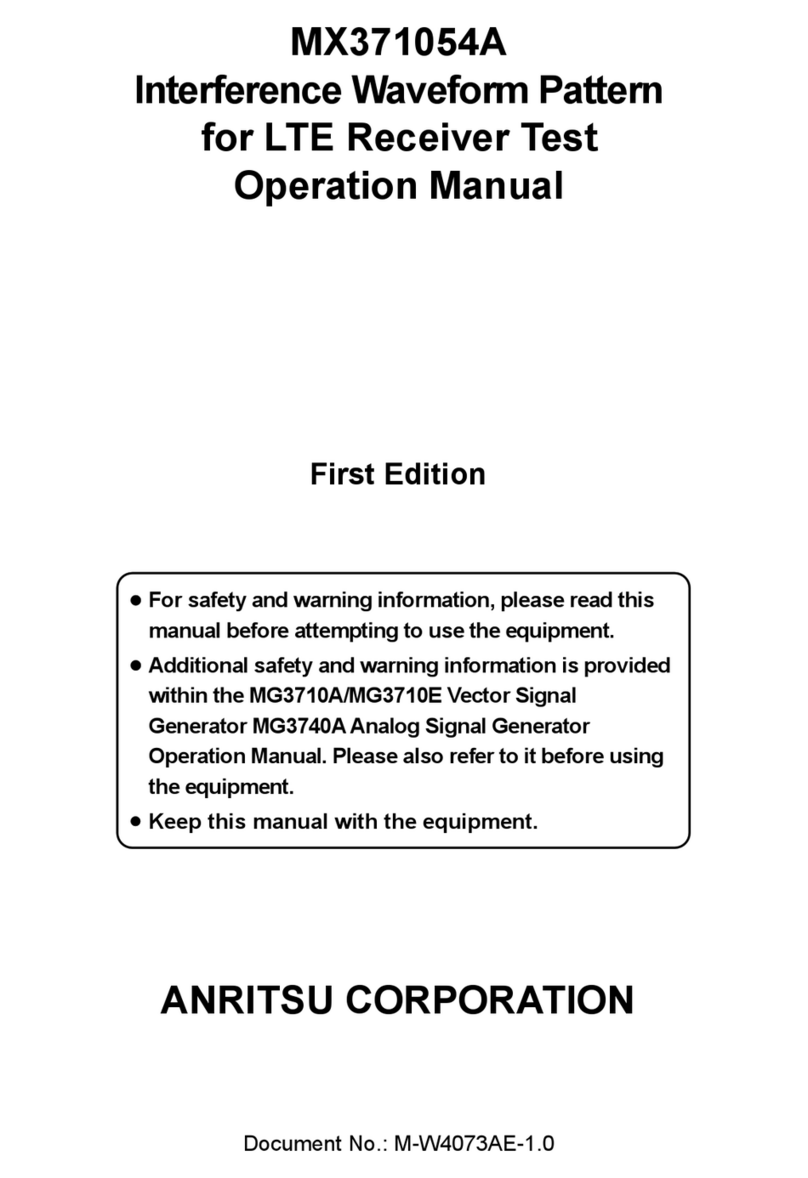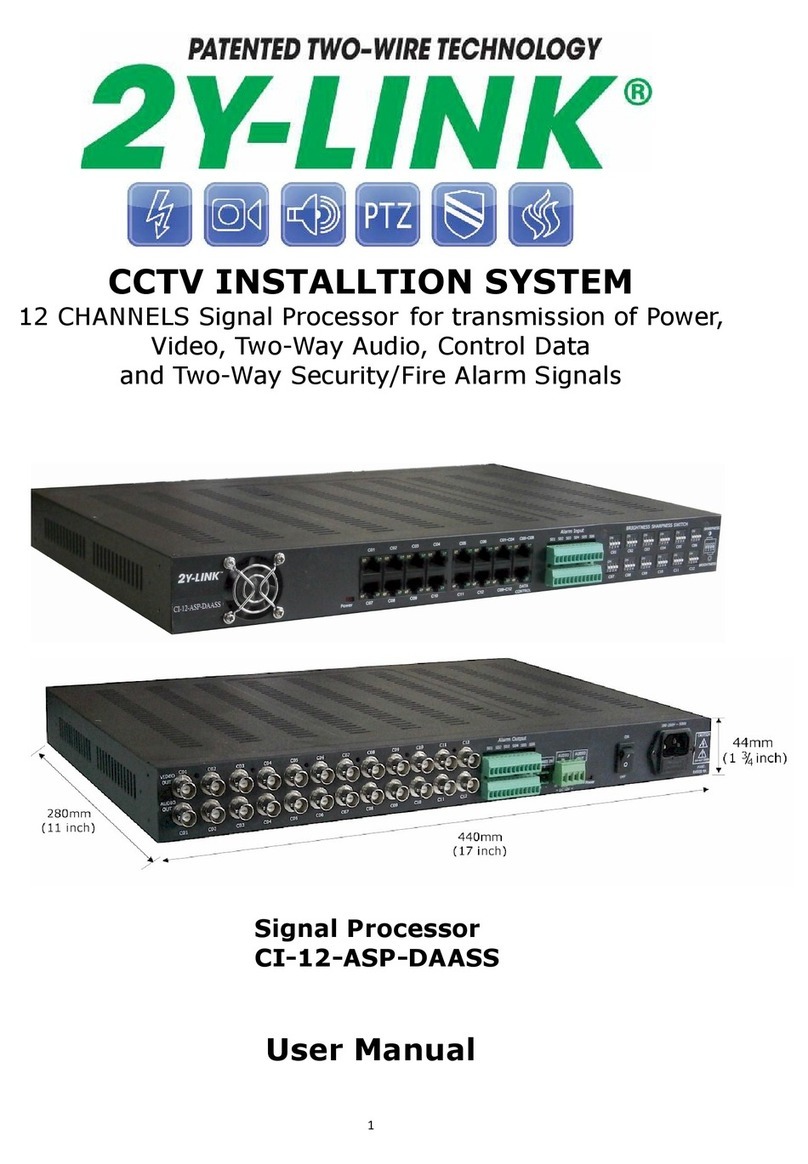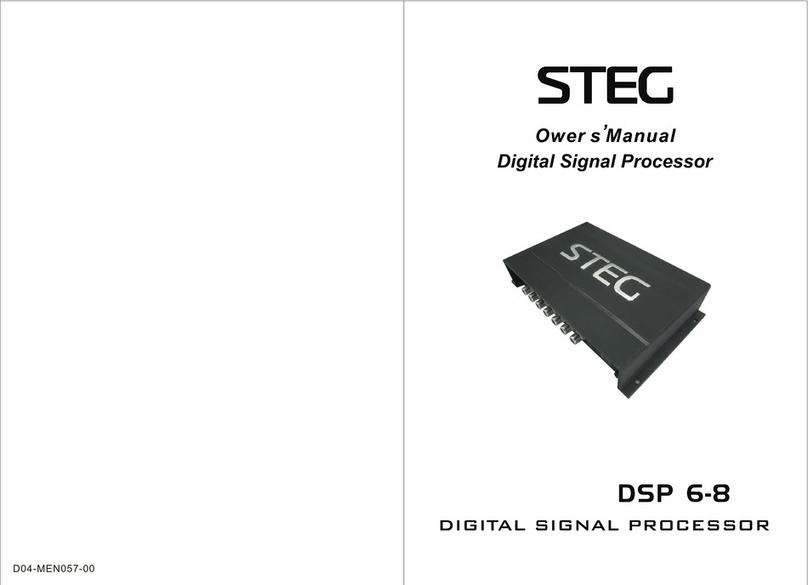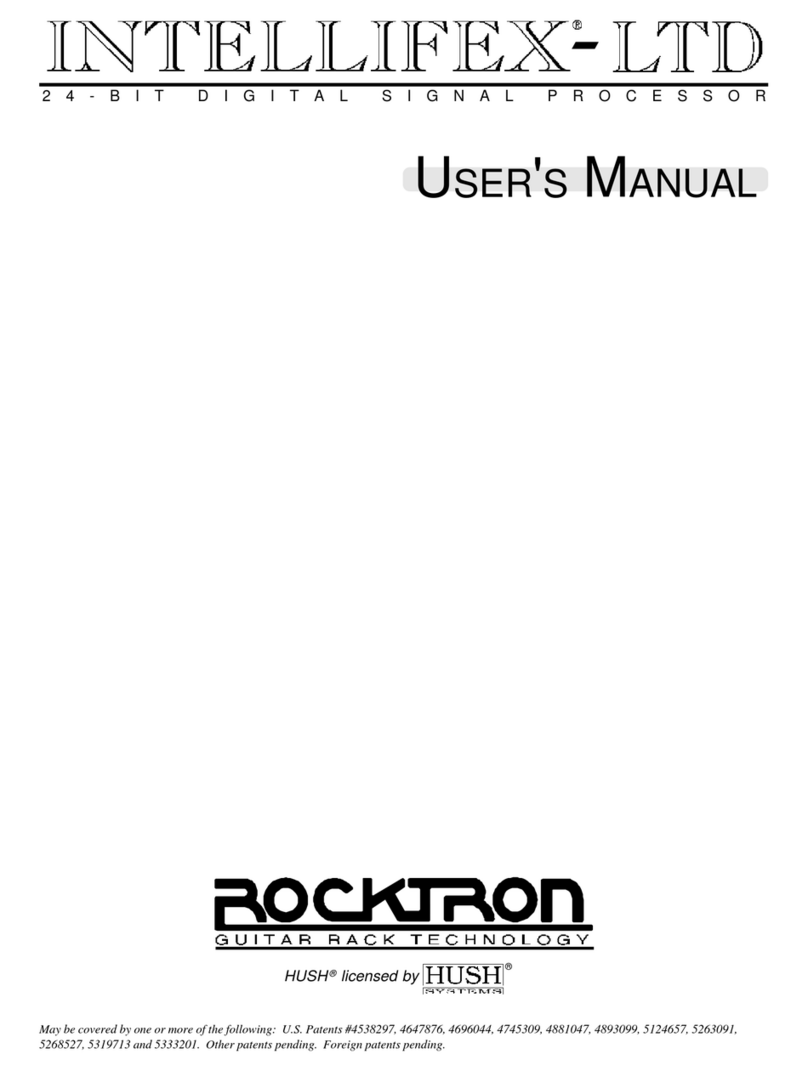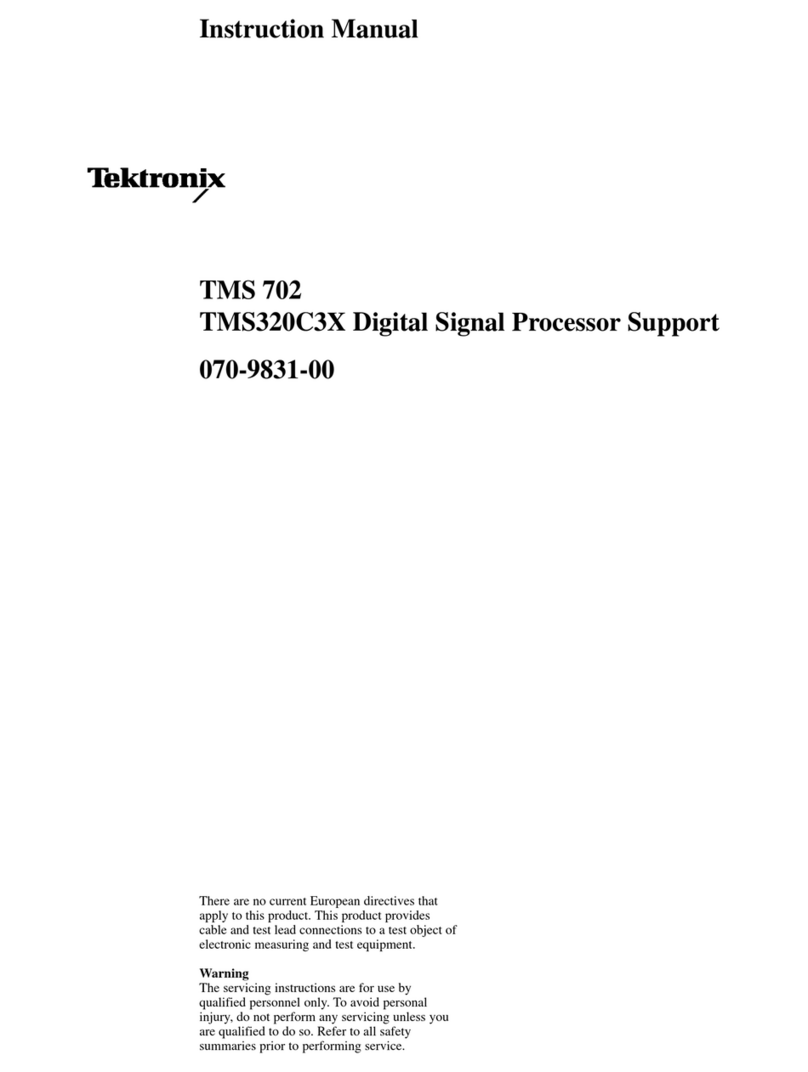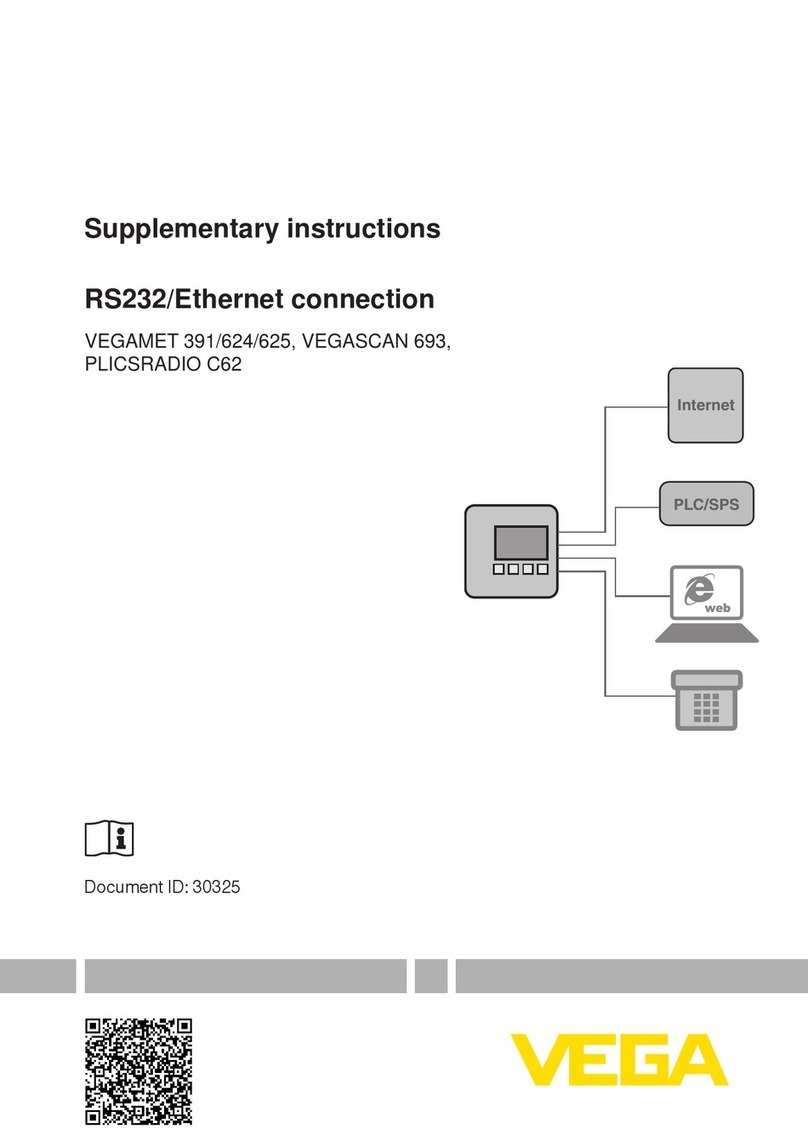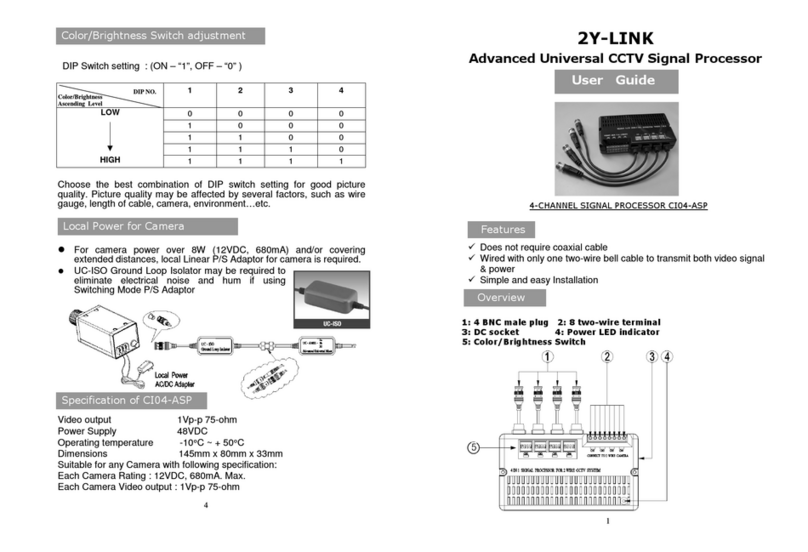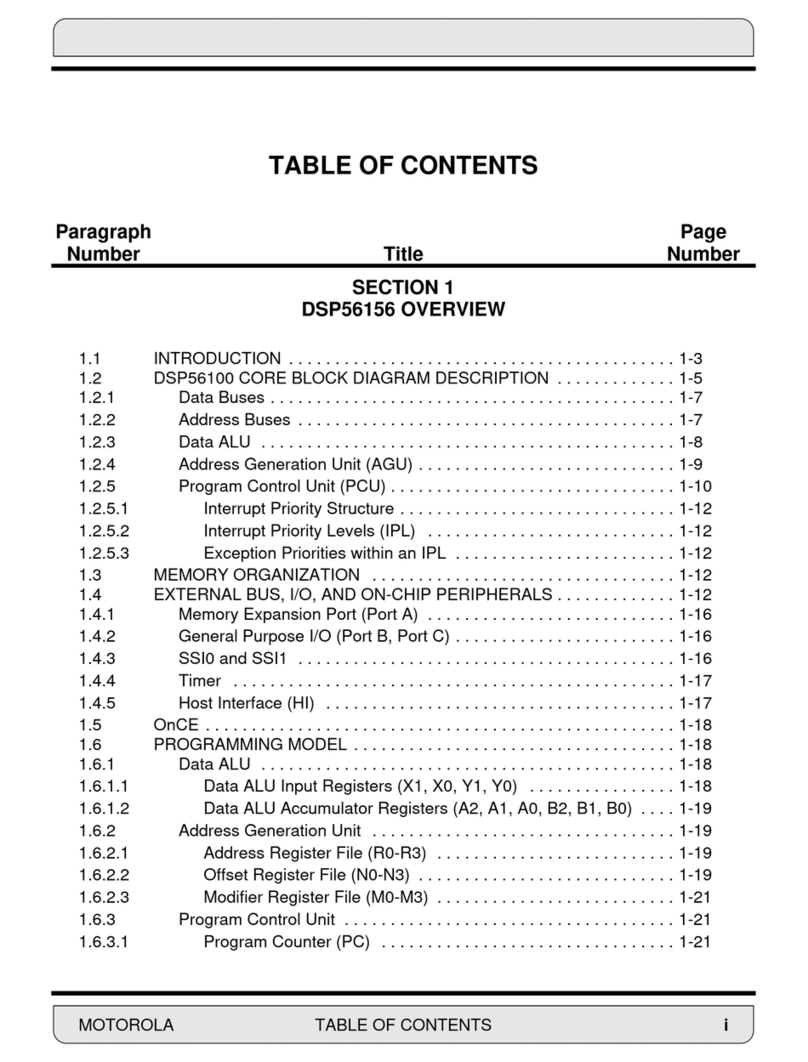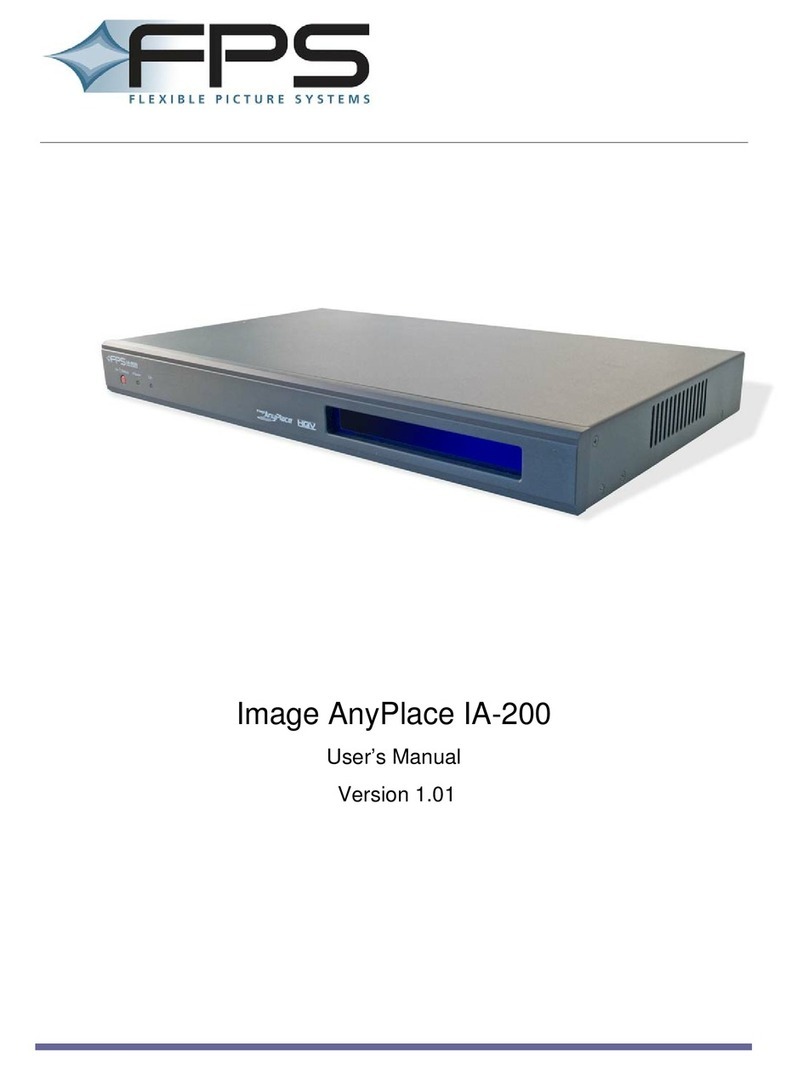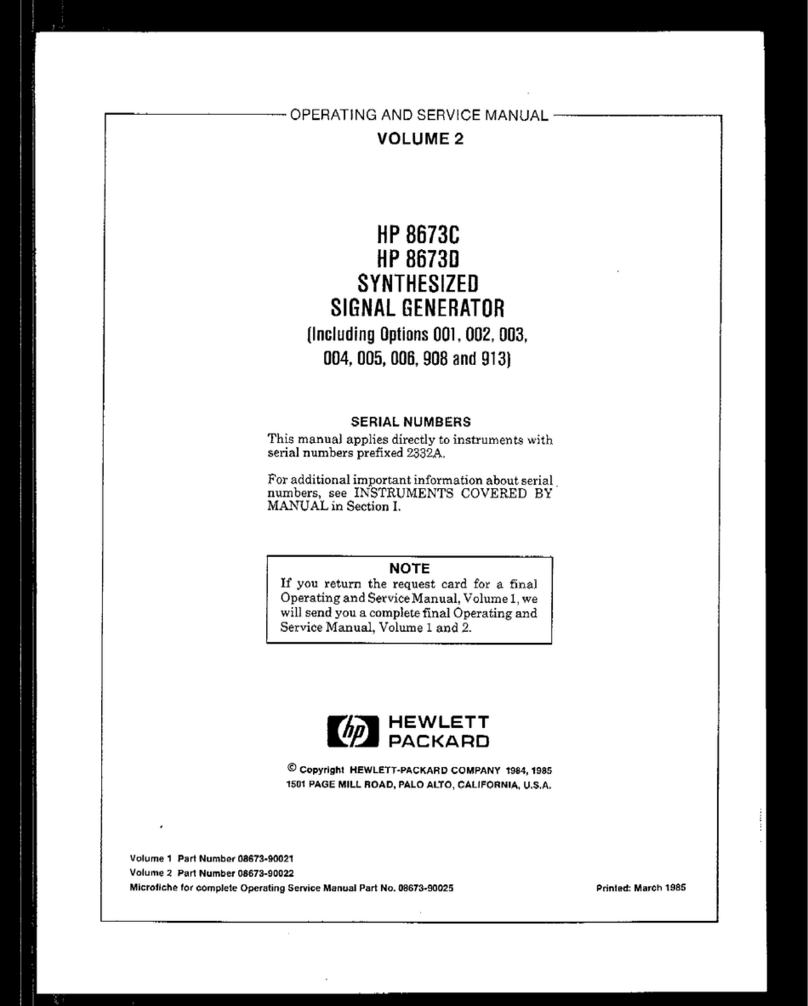TABLE OF
CONTENTS
1.0 INTRODUCTION AND TERMINOLOGY
1.1
The
2920
Signal Processor
.............................................................
1-1
1.2
Typical
2920
Design Sequence
.........................................................
1-2
1.3
Benefits
of
the
2920
Signal Processor Approach
.........................................
1-4
1.3.1
2920
Device Benefits
............................................................
1-4
1.3.2 Deveiopment-Support-Tool Benefits
.............................................
1-4
2.0 SAMPLED DATA SYSTEMS
2.1
Elements ofa Digital Sampled Data System
.............................................
2-1
2.2
Effects of Sampling
...................................................................
2-2
2.2.1
Aliasing Noise
..................................................................
2-3
2.2.2
Signal Reconstruction Distortion
.................................................
2-4
2.2.3
Jitter
Noise
.....................................................................
2-5
2.2.4
Quantization Noise
..............................................................
2-6
3.0 THE 2920 SIGNAL PROCESSOR
3.1
Device Operation
.................
. . . . . .. . . . .. . . . . .. . . .. . . . . . . .. . . . .. . . . . . . . . . . . . . . .
..
3-1
3.1.1
Overview of the
2920
.............................................................
3-1
3.1.2
Analog Operations
..............................................................
3-2
3.1.3
DigitalOperations
...............................................................
3-2
3.2
A Closer Look at the Functional Elements
...............................................
3-2
3.2.1
EPROM
Section
.................................................................
3-2
3.2.2
Arithmetic Unitand Memory
.....................................................
3-3
3.2.3
The Analog Section
.............................................................
3-7
3.3
Basic
2920
Performance Parameters and Limits
........................................
3-10
4.0 BUILDING BLOCK
FUNCTIONS-FOUNDATION
OF
DESIGN
4.1
Arithmetic Building Blocks
.............................................................
4-1
4.1.1
Elementary Arithmetic
...........................................................
4-1
4.1.2
Multiplication by a Constant
......................................................
4-1
4.1.3
Multiplication by aVariable
......................................................
4-3
4.1.4
Division by aVariable
............................................................
4-5
4.2
Realizing Relaxation Oscillators
........................................................
4-6
4.2.1
Reset Technique for Relaxation Oscillator
........................................
4-6
4.2.2
Overflow Technique for Relaxation Oscillator
.....................................
4-7
4.3
Voltage Controlled Oscillators (VCO's)
.................................................
4-7
4.4
Oscillators Based on Unstable Second-Order Section
...................................
4-8
4.5
Gain Controlled Oscillator
.............................................................
4-8
4.6
Realization of Non-Linear Functions
....................................................
4-9
4.6.1
Simulation of Rectifiers
..........................................................
4-9
4.6.2
Simulation of Limiters
...........................................................
4-9
5.0 SUMMARY
OF
FILTER CHARACTERISTICS
5.1
Characteristics of
"Ideal"
Filters
.......................................................
5-1
5.1.1
The Rectangular Filter
...........................................................
5-1
5.2
Minimum Phase Filters
................................................................
5-2
5.2.1
Butterworth Filters
..............................................................
5-2
5.2.2
Chebyshev Filters
...............................................................
5-2
5.2.3
Elliptic Function Filters
..........................................................
5-2
5.2.4
Bessel and Gaussian Filters
.....................................................
5-3
5.2.5
Transitional GaussianlButterworth Filters
........................................
5-3
5.2.6
Other Minimum Phase Filters
....................................................
5-3
5.2.7
Comparison of Minimum Phase Filters
...............................•............
5-3


